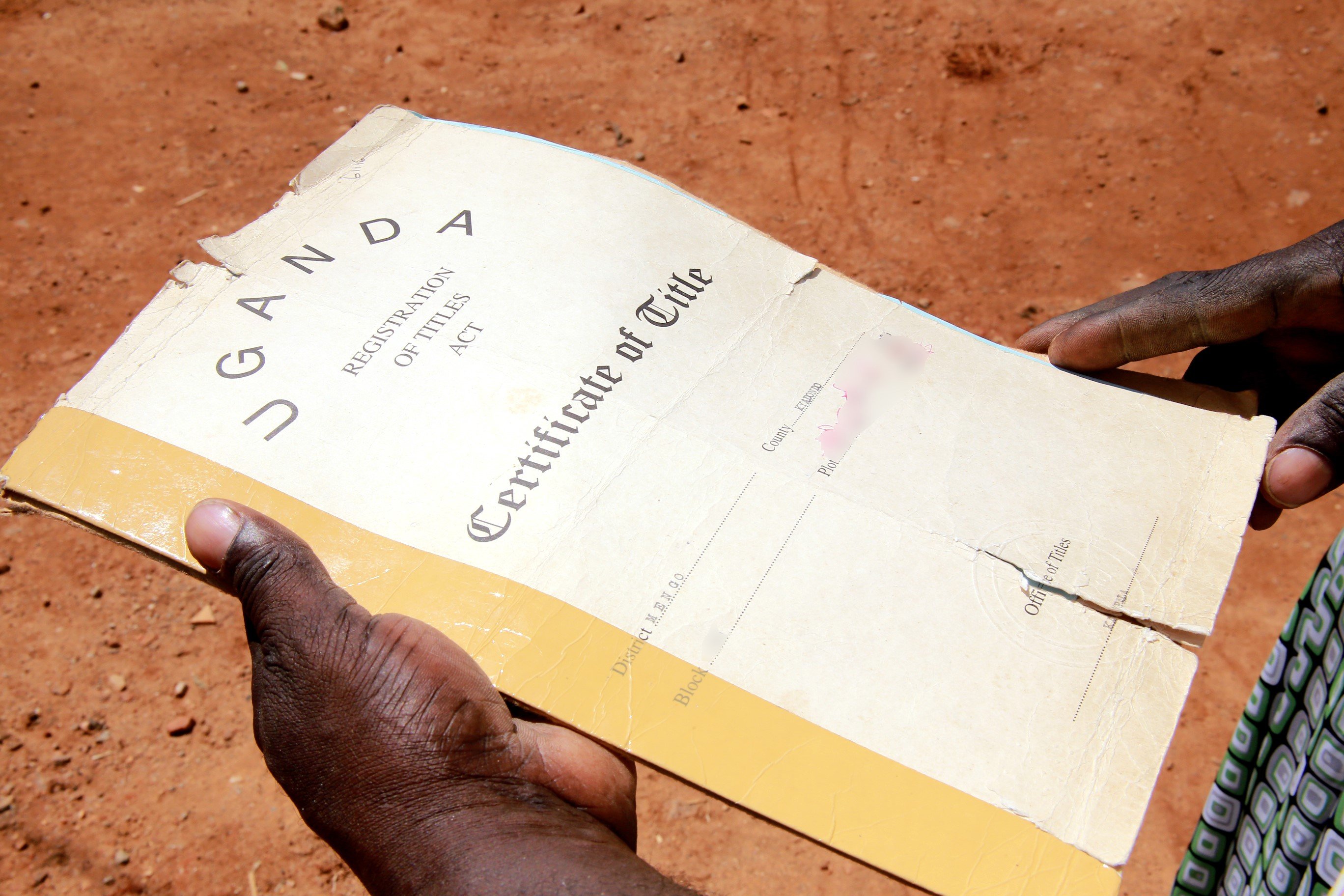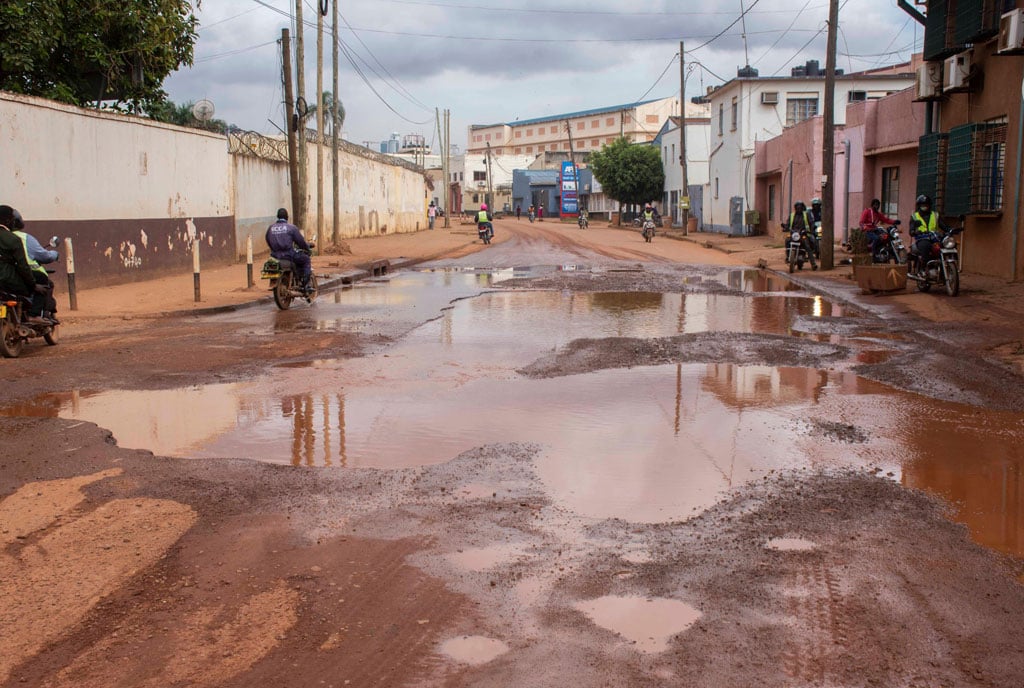Brace for fourth industrial revolution

Technology has come a long way since the mechanisation of agriculture in the 1800s, which marked the first industrial revolution. The advent of electricity ushered in the second industrial revolution and the emergence of electronics and subsequent mainframe computers birthed the third industrial revolution.
Now, the rise and widespread emerging technologies such as artificial intelligence, drones, robotics, blockchain, virtual and augmented reality are defining what experts world over have dubbed the fourth industrial revolution (#4IR) or Industry 4.0.
This fourth wave of industrial revolution is unlike anything humankind has seen before. It is characterised by a fusion of technologies that is blurring the lines between the physical, digital, and biological spheres (collectively referred to as cyber-physical systems) in ways that are fundamentally altering every aspect of society. In this era, disruptions are no longer a question of “if” but “when”.
A key sector that is already experiencing the disruption is education, but that isn’t anything new. The purpose of education is learning and both informal and formal learning have experienced major shifts in the past.
From a traditional Industrial Revolution model of education, where a teacher transmitted information to students via a ‘one-size-fits all’ mentality; to an Information Age model, in which access to and accumulation of information was the highest priority; and now onto the Experience Age, in which the ubiquity of interconnected mobile devices, gaming and social networking software have led to sharing and experiencing of new points of view.
However, as the shift from the Information Age to the Experience Age brazenly unfolds, educators around the world face several challenges in adapting to this shift to the Experience Age. Many teachers today still rely on age-old transmissionist teaching methods such as lectures, which very often isolate knowledge from context resulting in disengaged and passive students.
Moreover, authentic learning contexts usually require many factors, which are either extremely difficult to attain or completely non-existent in traditional teaching methods and settings.
To top up the list of these challenges is the unpleasant fact that vital skills such as abstract reasoning, creativity, critical thinking, empathy, systems thinking, and computational literacy that are needed for the 21st Century are extremely difficult to teach using traditional teaching tools and methods.
Several technological tools have always made their way into our classrooms to help address some of these challenges, but the rate of change being driven by the fourth industrial revolution often renders some of these solutions redundant.
The good news is that the Fourth Industrial Revolution isn’t only unmasking the Experience Age in education, but also making available tools that help to address the challenges in a fashion that is contextually relevant to the fast-changing times.
One such #4IR technologies is Virtual Reality. Virtual Reality is a technology by which computer-aided stimuli create the immersive experience of being somewhere else through special head mounted devices and involve visual feedback from body movement.
Robert Okello




